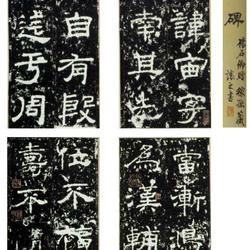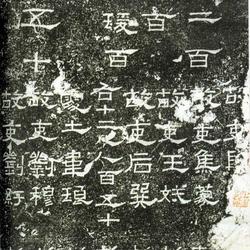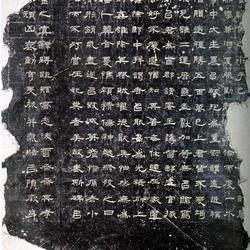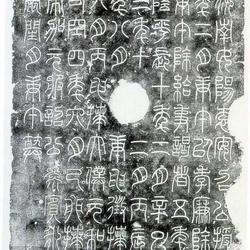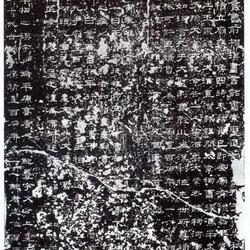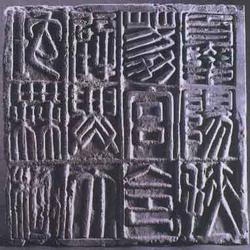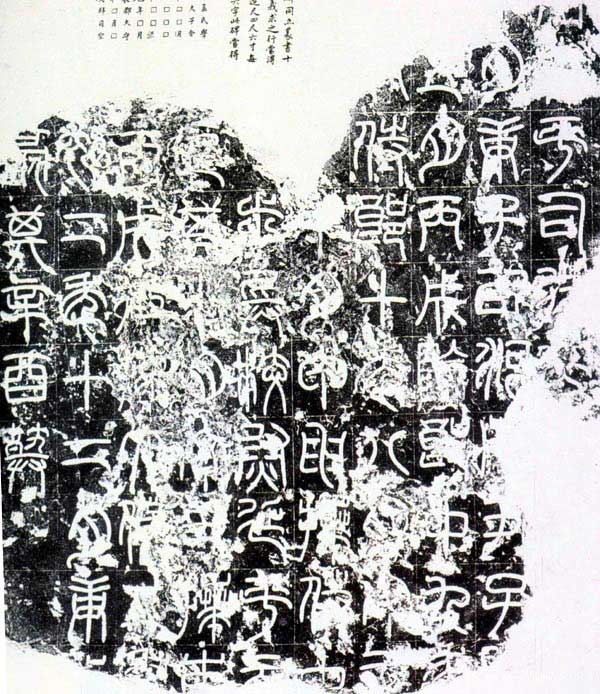
"Yuan Chang Stele" stone collection in Liaoning Museum
The full name is "Han Sikong Yuan Chang Stele", a seal script inscription of the Eastern Han Dynasty. It was unearthed in Luoyang in the spring of 1923. It was established in the fourth year of Yongyuan (117) of the Eastern Han Dynasty. Since the "Yuan Chang Stele" was unearthed, it was already missing, so we didn't know who the owner of the stele was or when it was erected. After Mr. Ma Heng's research, it was determined to be the tombstone of Yuan Chang, the son of Yuan An. Yuan An and his son are both biographies in "Book of the Later Han Dynasty". According to "Book of the Later Han Dynasty An Di Ji", Yuan Chang died in April of the fourth year of the Yuan Dynasty, so the year when the stele was carved was also determined (see Ma Heng's "Fan Jiangzhai's Inscription on Metal and Stone" "Han Sikong Yuan Chang's Stele Postscript"). The font of "Yuan An Stele" looks like it was written by a hand. Ma Heng said: "Perhaps because of the open burial, this stele was erected at the same time (referring to "Yuan An Stele"). It is unknown. "
Interpretation: Chang Shuping Situ Gong Yue Gengzi used Henan Yinzi in May Bingshu to remove the Langzhong in the ninth year, the minister in the tenth month, Ding Chou in the tenth month, Shen Shen worshiped the minister in the infantry school, Yannian, Ping Yuanjiang, and Ding Chou worshiped the east in the seventh month. Geng Qixinyou was buried in December of the second year of the fifth year of the Bingshu expedition.

